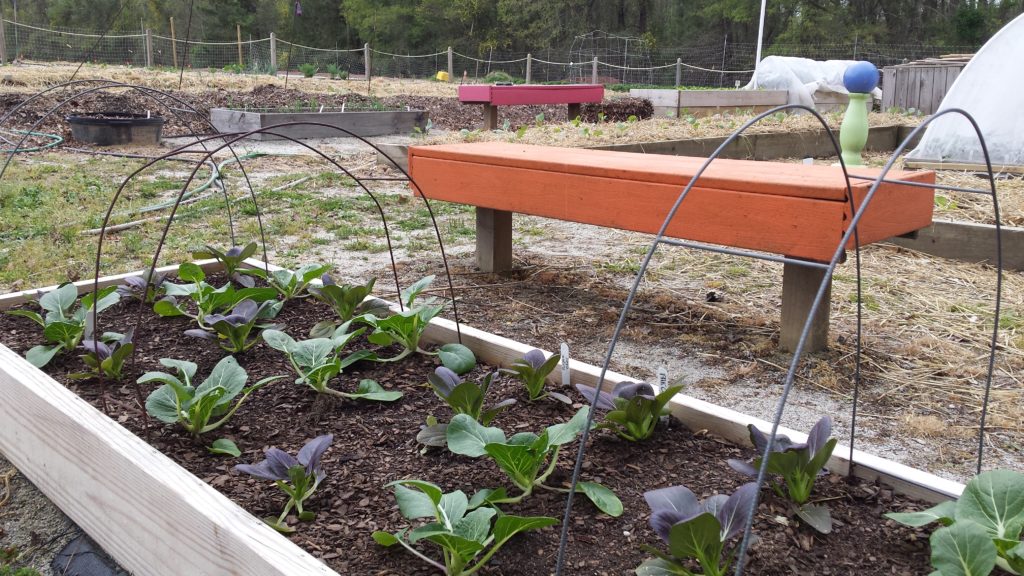By Jessica Strickland, Wayne County Horticulture Extension Agent
Extended Growing Season Offers Fresh Harvest Opportunities
While summer remains at the forefront of many gardeners’ minds, agricultural experts are encouraging Wayne County residents to begin planning their fall vegetable gardens. The region’s favorable climate allows for continuous gardening and fresh vegetable harvests extending well into the autumn months.
Optimal Planting Window Opens in August
Many cool-season vegetables typically planted in early spring can be successfully cultivated during fall’s cooler weather conditions. August and September represent the primary planting period for fall gardens in the area.
To determine ideal planting dates, gardeners should reference seed packet maturity information and count backward from the average first frost date. In the Goldsboro area, the first fall frost typically occurs around October 30th. Vegetables requiring longer maturation periods should be planted in early August, while faster-growing varieties can be planted from mid-to-late August through early September.
Recommended Planting Schedule for Popular Cool-Season Vegetables
Early August Planting (August 1-15):
- Beets
- Carrots
Mid-August Planting (August 15-31):
- Cabbage
- Cauliflower
- Collards
Extended Planting Window (August 15 – September 15):
- Broccoli
- Kale
Late August to September Planting:
- Turnips (August 20 – September 15)
- Radishes (August 25 – September 15)
- Spinach (August 25 – September 15)
- Lettuce (September 1-15)
Overcoming Summer Germination Challenges
Starting a fall vegetable garden presents unique challenges, particularly achieving successful seed germination in August’s dry, warm soil conditions. Cool-season vegetables such as lettuce and spinach will not germinate when soil temperatures exceed 85°F.
Extension agents recommend several strategies to improve germination success:
- Plant seeds deeper to access cooler soil temperatures and better moisture levels
- Apply mulch to seeded areas to maintain cooler soil conditions and retain moisture
- Use fine mulch materials to avoid inhibiting seedling emergence
- Monitor seedling progress and adjust mulch as needed
Irrigation and Transplant Considerations
Adequate moisture proves critical when establishing fall gardens through direct seeding. Gardeners without reliable irrigation systems may achieve better results using transplants rather than seeds, as transplants possess established root systems better equipped to handle variable moisture conditions.
Summer Vegetable Extension Opportunities
Certain summer vegetables, including squash, corn, tomatoes, and cucumbers, can be planted from late July to early August for harvest continuation into fall before the first frost.
Managing Increased Pest Pressure
Fall gardening typically encounters heightened insect and disease pressure due to pest population buildup throughout spring and summer months. Recommended pest management practices include:
- Regular garden monitoring and scouting
- Maintaining plant health to reduce pest susceptibility
- Removing non-productive plants that may harbor pests
Expert Resources and Support
Jessica Strickland serves as Agriculture Extension Agent specializing in horticulture for North Carolina Cooperative Extension in Wayne County.
Additional Resources:
- Wayne County Extension Gardening email list: https://wayne.ces.ncsu.edu/email-me
- Social media: Facebook @waynecooperativeextension, Instagram @waynecountyextension
- North Carolina Extension Gardener Plant Toolbox: https://plants.ces.ncsu.edu

